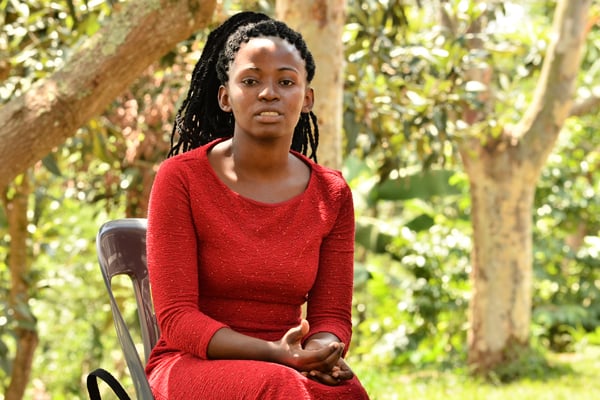Protect women in and out of marriage

Author: Atuki Turner. PHOTO/COURTESY
What you need to know:
- The status of women in marriage, in Kalangala is a problem similar to that faced by women in polygamous unions, except in this case, it is the reverse.
On Kalangala Island, there is a saying that ‘there is no young girl on the landing site.’ Apparently the background to Kalangala is that the former inhabitants fled Tsetse flies and left for the mainland Ssese. Men moved in from the mainland, having seen the opportunity in fishing, and looked for women at landing sites. Women began to come to Kalangala from the main land but there were still more men than women with the ratio of men to women on the island being roughly three men to one woman.
As the fishermen move around fishing, they look for women to leave at the sites. Because there is little employment for women at the landing site, when men go fishing, the women are forced to look for other men to meet their needs. This gives rise to high rates of sexual and gender-based violence (SGBV) because one woman might be cohabiting with five different men at the same time. Hence my question - how married are we?
Few of the women in Kalangala are formally or legally married. Women move freely between the mainland and the island where they have families in both places, although they rarely have children with islanders.
It is very difficult to hold offenders of domestic violence to account because they escape to the different islands. There are about 84 islands at Kalangala, 60 of which are inhabited and it is estimated that it costs Shs1 million to effect an arrest. The status of women in marriage in Kalangala is a problem similar to that faced by women face in polygamous unions, except in this case, it is the reverse. Polyandry, in which a woman has more than one husband – is the practice. Yet it cannot even be described as marriage, maybe something more akin to ‘poly-habiting’ for lack of a better term, because of the fluid nature of relations, where one woman has several men but is married to none.
The perception on the island is that women are sexually available, including young girls, and hence the saying ‘there is no young girl at the landing site,’ leading to defilement and sexual harassment of children and girls.
Kalangala is a potentially rich island with a growing economy in palm oil and fishing. Unfortunately, the women are largely unemployed. Most used to earn a living as sweepers, using dry leaves from the palm oil plants, but this has now become illegal.
Unmarried, unemployed, Girls on the island are open prey to men and it is no wonder that recently one such girl had the presence of mind to invoke the law when a man much older than her spread the word around the island that she was his future wife.
An intervention that might protect such girls would be to remove them from the community by placing them in boarding school, but this would not solve the problem as other girls would come from the mainland to take their place.
Kalangala is a challenging community in terms of gender and development, education and health. However, since MIFUMI and its consortium members (AMREF, CordAid and ICRW) introduced a programme to respond to gender violence and sexual health issues, we have seen an improved response in the community who are taking due action to reject violence and hold offenders to account.
There is hope that with public awareness and training, community champions can act as safety nets to protect women and children.
Many thanks to our donor - the Dutch embassy, for reaching out to ‘high burden’ districts such as Kalangala to enable us address gender and development problems. It would be greatly helped by government having a comprehensive national law that protects women in and out of marriage.
Dr Atuki Turner is the executive director,
MIFUMI.




